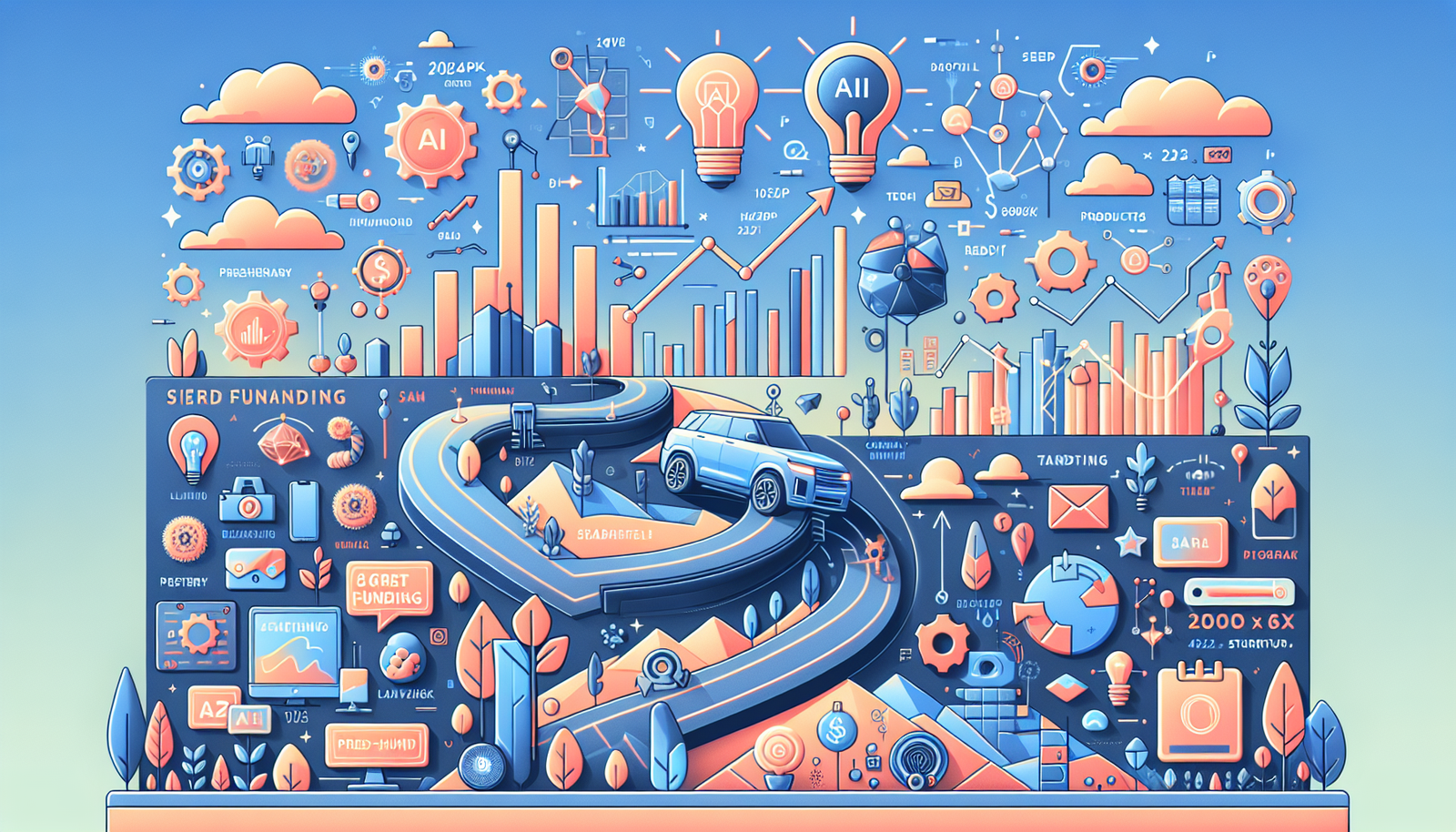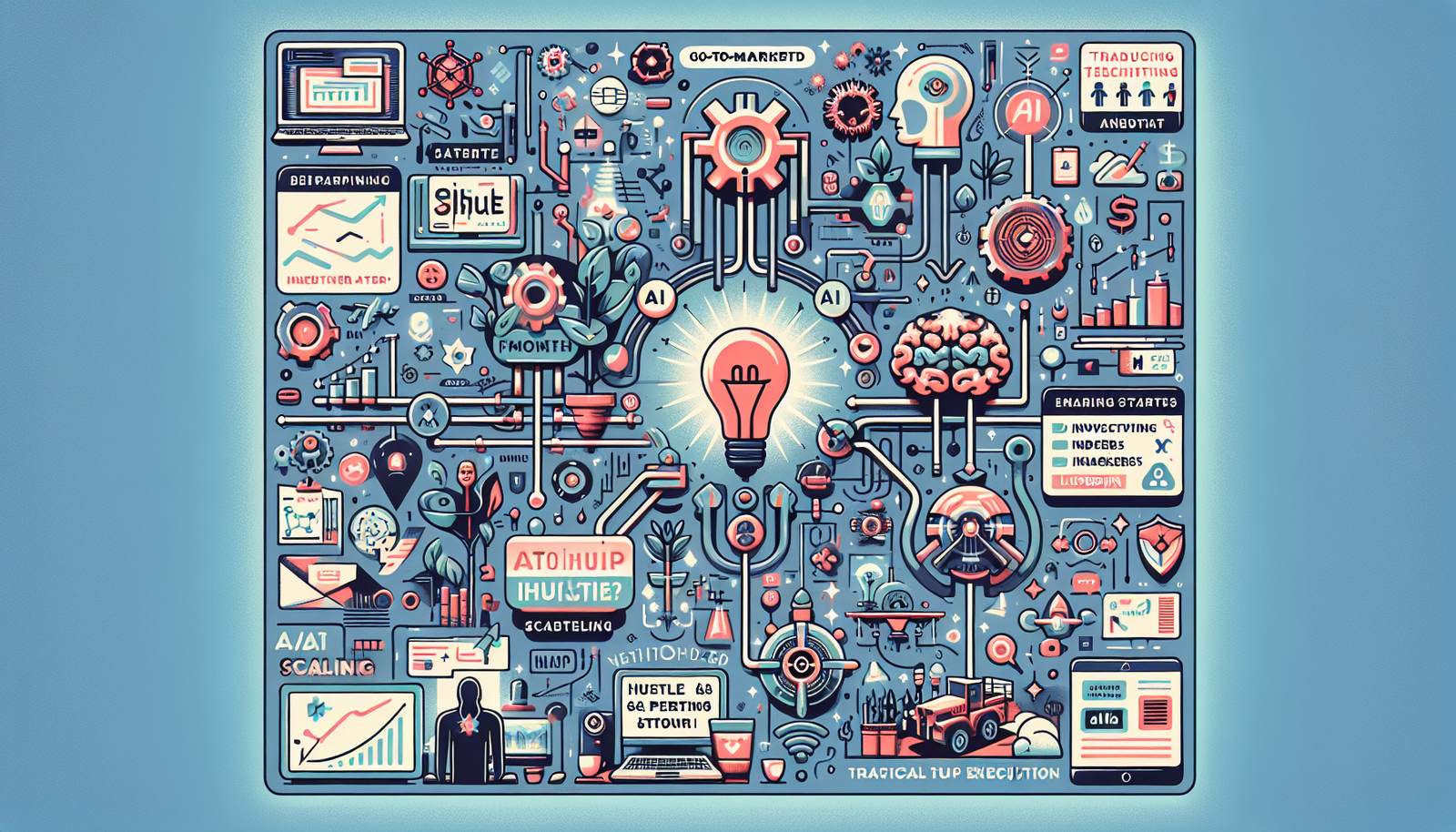How to Build a Go-to-Market Stack for Your AI Startup in 2025
Building an effective go-to-market (GTM) stack is mission-critical for AI startups in 2025. With sweeping changes in digital buyer journeys, AI tooling, and privacy frameworks, early-stage companies must architect a stack that is flexible, scalable, and AI-native. This guide breaks down how to create a smart GTM stack aligned to your product and customer goals.
What is a GTM Stack?
A GTM stack is the combination of tools and systems an organization uses to attract, convert, retain, and grow its customers. It typically includes CRM platforms, marketing automation tools, sales enablement software, analytics dashboards, and customer support systems.
Why AI Startups Require a Unique Approach
AI startups often sell complex technology into skeptical markets and must demonstrate value rapidly. Their GTM strategies must support product-led growth (PLG), handle iterative feedback loops, and scale with minimal overhead. Tool selection and orchestration play a vital role in this success.
Core Components of a 2025 GTM Stack for AI Startups
1. CRM: Customer Data and Relationship Management
Top AI startups use CRM platforms like HubSpot, Salesforce, or AI-focused CRMs like Attio. These help manage leads, automate contact enrichment, and enable personalized communication at scale.
2. Marketing Automation and Personalization Tools
Behavioral targeting is no longer optional. Tools like Mutiny (AI-based page personalization), Customer.io, or Exponea allow dynamic campaigns tailored in real-time.
3. Product-Led Growth and Analytics
AI startups often lead with free tools or freemium models. Tools like Amplitude, Mixpanel, or June enable usage-based segmentation, cohort analysis, and lifecycle marketing.
4. Sales Enablement and Intelligence
AI-native sales tools like Gong and Clari help teams track buyer signals, sentiment, and pipeline risk using conversation and revenue intelligence.
5. Customer Support and Success Platforms
Platforms like Intercom, Zendesk, or AI-integrated tools like Forethought provide fast, scalable customer support and help retain users through proactive engagement.
Choosing the Right Tools for Your Stage
Seed Stage: Cost-Effective and Flexible Platforms
Start lean with low-cost or freemium tools like Notion (wiki + CRM), HubSpot Free CRM, and MailerLite. Focus on easy integration and minimal engineering lift.
Series A/B: Scalable Solutions with Integrations
Introduce scalability through tools like Segment (data routing), Salesforce, and metadata-driven account scoring via Clearbit or MadKudu.
Post-Product-Market Fit: Optimization and AI-Native Stacks
Double down on AI-automated outbound (e.g., Clay, Apollo.io), full attribution via tools like Dreamdata, and invest in orchestration platforms like Tray.io or Zapier Enterprise.
Example Stack Combinations for 2025 AI Startups
Example 1: Bootstrapped AI SaaS Startup
- CRM: HubSpot Free
- Analytics: Mixpanel
- Email: MailerLite
- Automation: Zapier
- Support: Freshdesk
Example 2: VC-Backed Generative AI Startup
- CRM: Attio
- Marketing: Mutiny + Customer.io
- Sales: Gong + Apollo + Clay
- Analytics: Amplitude
- Support: Intercom + Forethought
Example 3: Enterprise AI Tool With PLG Focus
- CRM: Salesforce
- Product Analytics: Heap
- Attribution: Dreamdata
- Data Layer: Segment + Tray.io
- Support: Zendesk AI
Key Considerations Before You Finalize Your GTM Stack
Data Compliance and Security
Ensure all tools meet SOC 2, HIPAA (if applicable), and GDPR standards, especially when collecting behavioral or biometric data from AI platforms.
Team Skills and Workflow Sync
Choose tools based on internal capabilities—don’t overinvest in platforms that require dev time unless you have dedicated technical resources.
Budget and Long-Term Flexibility
Prioritize modular tools that can scale with your business and won’t require total replacement as your GTM motion matures.
FAQs
Focus Keyword: build GTM stack AI startup






